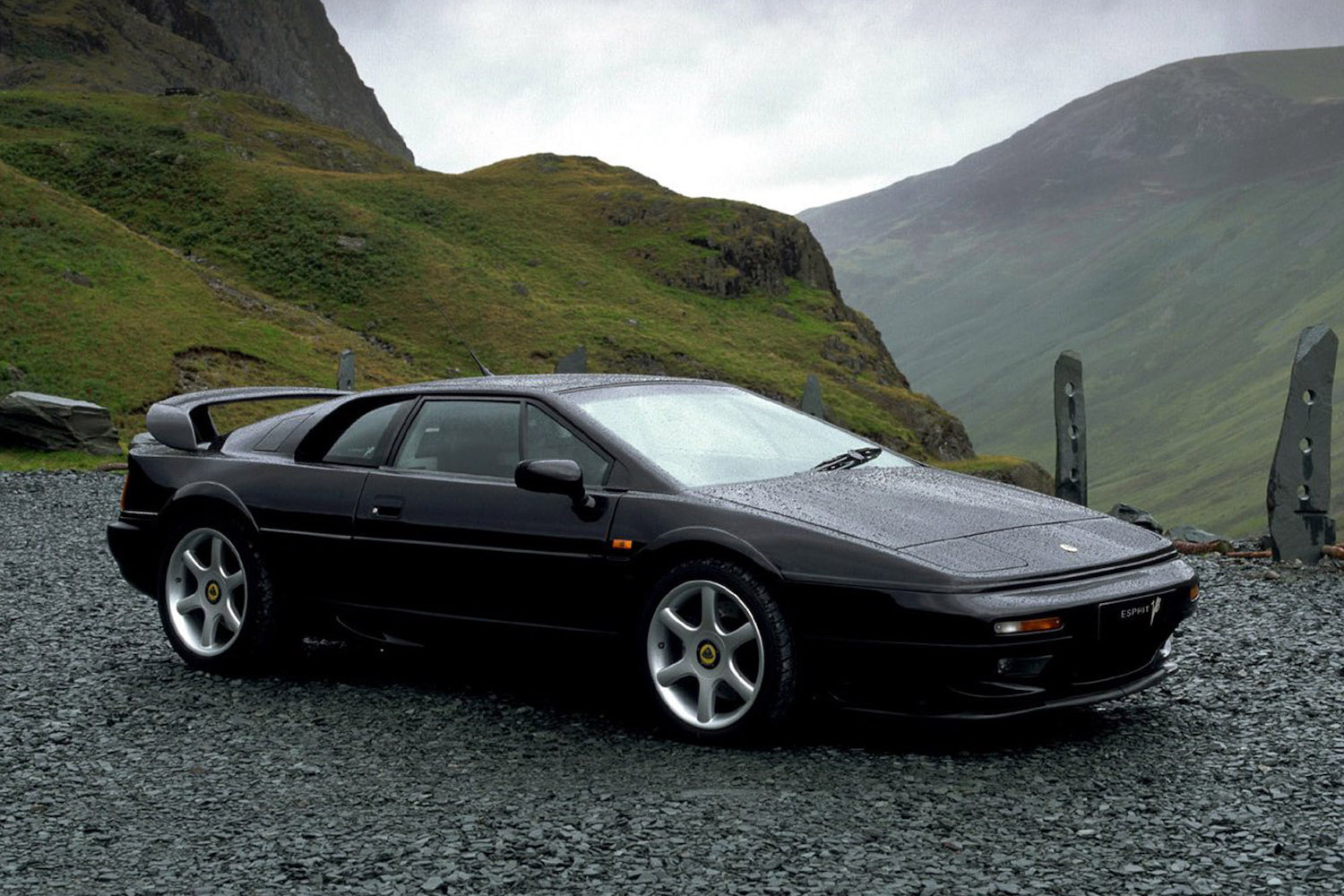Lotus Esprit Buyers Guide

When considering purchasing a Lotus Esprit, a classic sports car revered since the 1970s, it’s important to be aware of its history, design, performance, and maintenance requirements. Here’s a comprehensive guide to help you make an informed decision.
History and Styling
The Esprit has undergone several redesigns and improvements since its inception. Notable changes occurred in 1987 with a restyled aerodynamic body, and again in 1993 with Julian Thompson’s redesign leading to the S4 model. The Esprit’s design is iconic, characterized by its low, wide stance, wedge-shaped body, and pop-up headlights. Its interior is also distinctive, featuring a unique center console and a digital instrument cluster.
Performance
The Esprit is known for its agility and speed, thanks to its lightweight construction and low center of gravity. Engine options range from a naturally aspirated 2.2-liter to a turbocharged 3.5-liter V8, enabling it to reach 0-60 mph in as little as 4.7 seconds. Various models introduced over the years include the SE model in 1989, the S4 in 1993, and the Esprit V8 in 1996.
Maintenance and Buying Tips
Maintenance is crucial for the Esprit, especially considering its high-performance nature. Regular servicing of the engine, brakes, and suspension is essential. When inspecting an Esprit, check for any signs of rust, damage, or improper modifications. Verify the service history to ensure proper maintenance. It’s also advised to have the car inspected by a Lotus professional and to test drive it before purchase.
Pay attention to the cooling systems, which are under significant strain, especially in the later models. The Lotus 900 Series engine, for instance, requires particular attention to avoid oil leaks and to ensure proper oil pressure.
Engine and Gearbox
The four-cylinder engines are robust, but the V8-engined models require more attention. The timing belt should be changed every 24,000 miles, and it’s important to use a genuine Lotus oil filter with an anti-drain valve. Check for oil and coolant leaks, compression, and ensure that the boost pressure does not exceed 0.8bar.
The Esprit has used different types of gearboxes over the years. Earlier models up to 1987 used the Citroën C35 five-speed manual transaxle, while later models from 1988 onwards had a six-speed Renault UN-1. Each has its specific maintenance requirements and potential issues.
Suspension, Steering, and Brakes
The Esprit’s suspension varies by model, with early models using parts from the Vauxhall Cavalier and later models incorporating Toyota components. The steering system is rack and pinion, requiring regular maintenance. Brakes are conventional across various models, but the handbrake mechanism can be problematic due to its location and difficulty to access.
Interior
The interior quality improved over the years, with the Series 4 models boasting the best standard. When inspecting an Esprit, the interior condition can be a good indicator of the car’s overall maintenance and care.
The Lotus Esprit for sale is a remarkable and iconic sports car that, with proper care and maintenance, can offer a thrilling driving experience. It’s important to thoroughly research, inspect, and maintain the car to enjoy its full potential and retain its classic charm.
